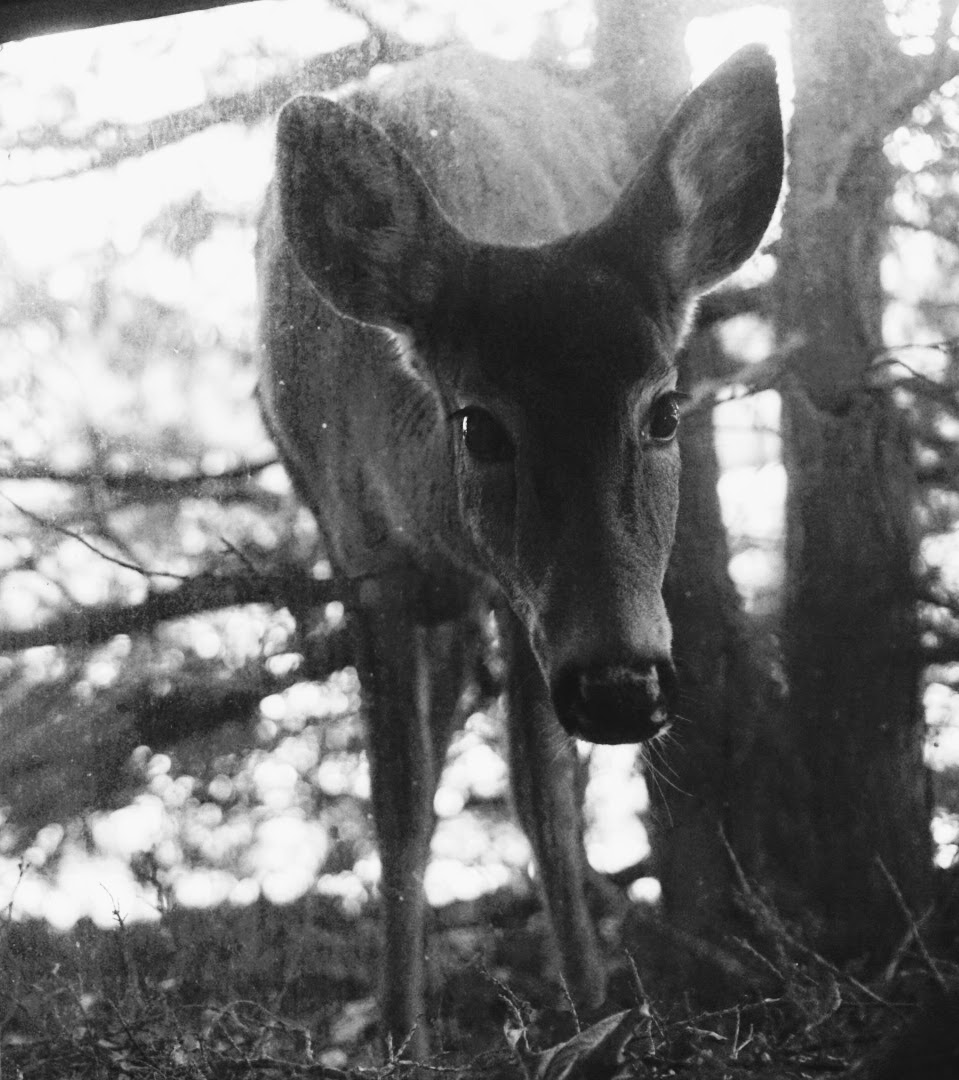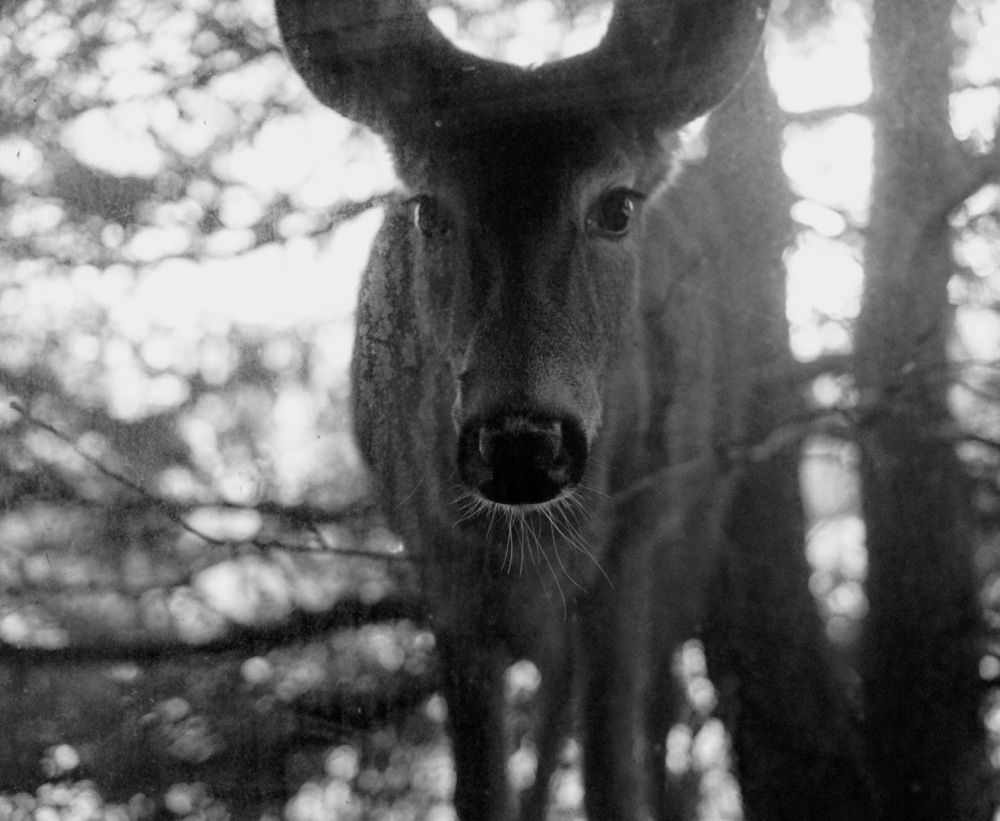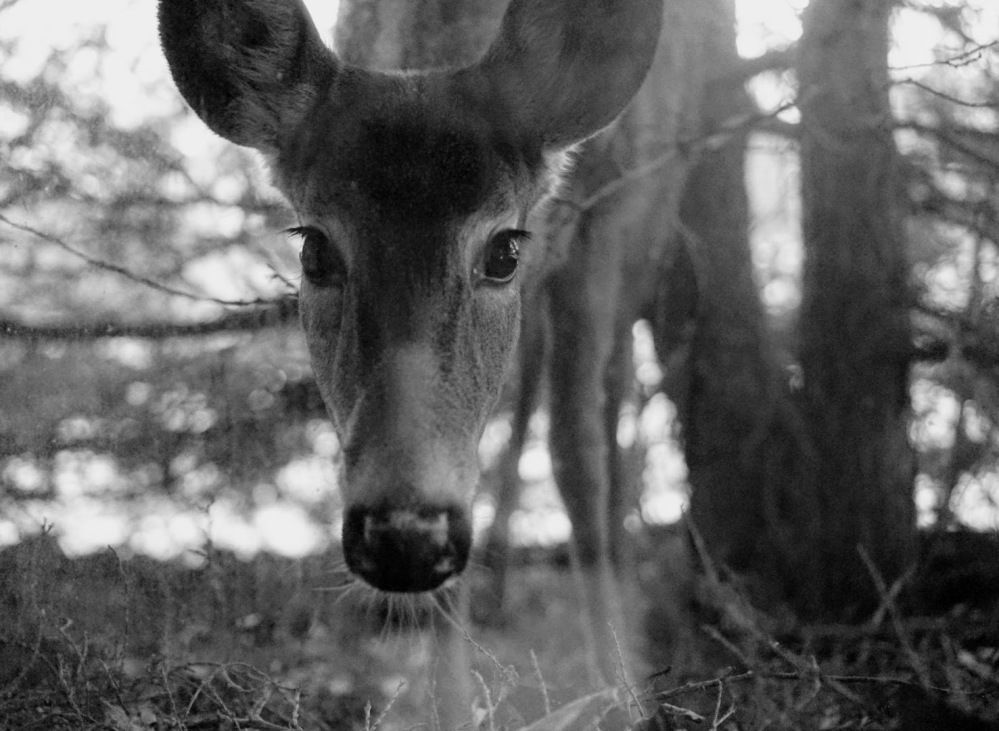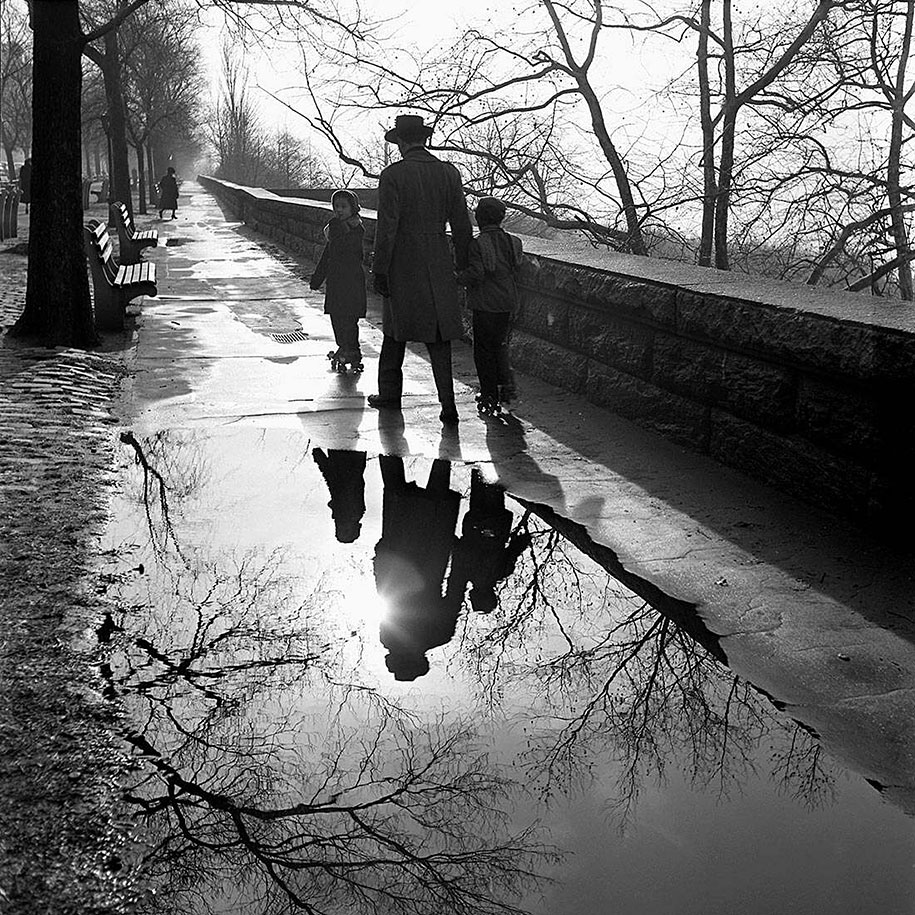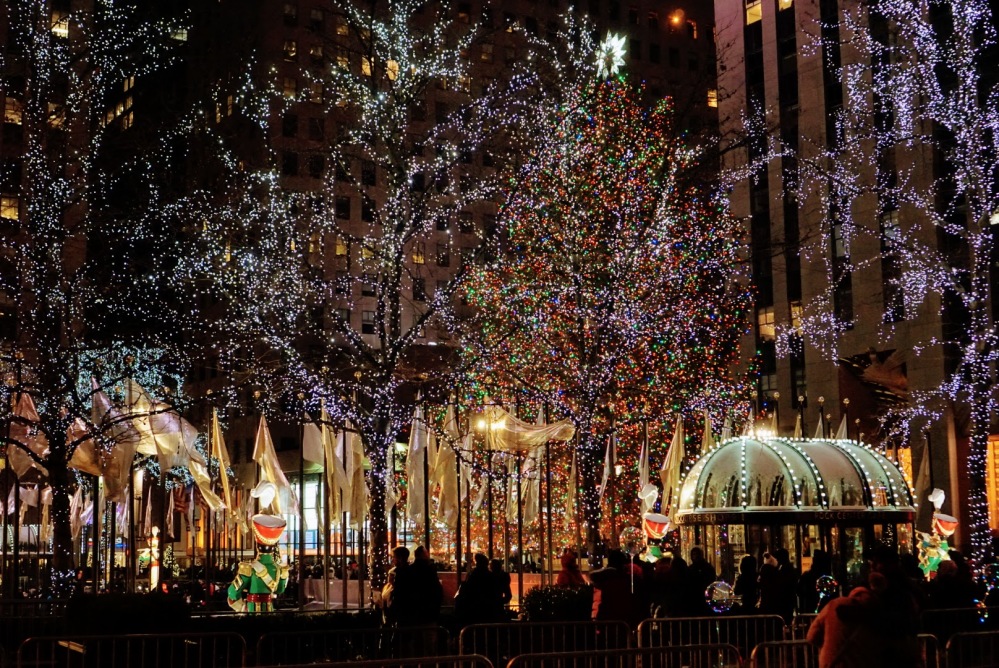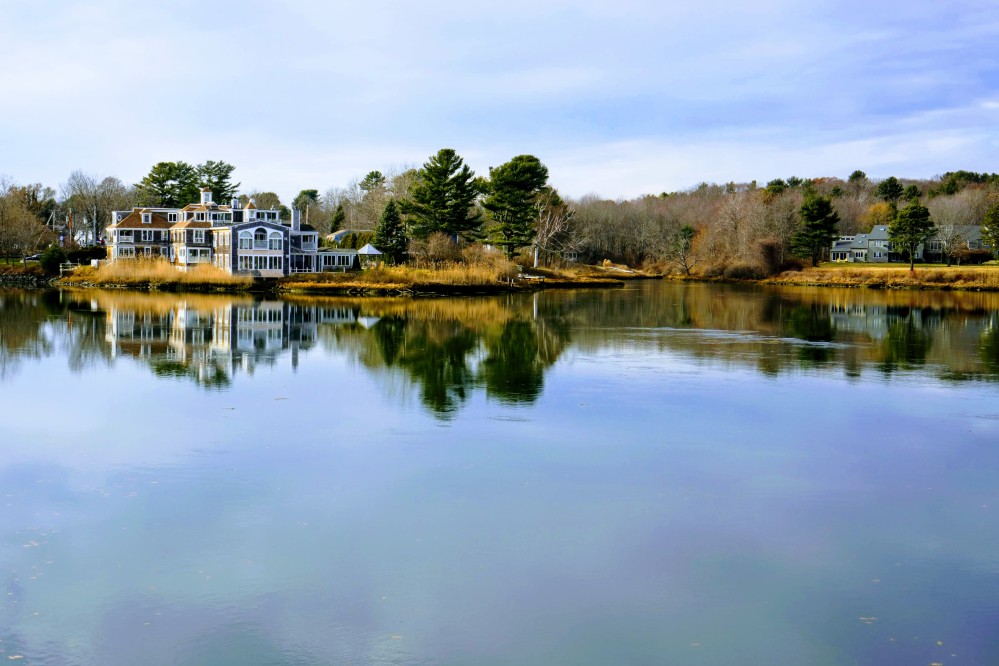Sony sells a variety of different cameras for different market segments. They sell interchangeable lens cameras with full-frame and APS-C sensors, and fixed lens cameras with 1″ & 1.25″ sensors.
But they give different information about focal length to their customers, depending on the level of cameras they sell.
Interchangeable lenses are sold at different focal lengths, and Sony markets the lenses at their actual length (35mm, 16mm – 50mm zoom, etc.) regardless of the sensor type. The focal length is the distance between the sensor and the point at which the lens is focused at infinity. More millimeters mean more magnification.
Sony must assume APS-C camera customers know that their sensors are smaller than full-frame sensors, and that picture snapped with an APS-C camera and 50mm lens will look zoomed-in compared with the same picture taken with a full-frame camera and 50mm lens. The crop factor for a Sony APS-C camera is 1.5x.
What is the crop factor? It’s the ratio between the image information captured by a full-frame sensor and another sensor at the same focal length. Since the APS-C camera has a smaller sensor, a full-frame camera captures 1.5x more information at the same focal length.
Point-and-shoot cameras have fixed lenses that can’t be swapped out. Many of these cameras have zoom lenses. The high-end point-and-shoot Sony RX100 VI camera has a zoom that is advertised at 24mm to 200mm. But unlike interchangeable lens cameras, Sony is NOT giving you the actual focal length. The focal length numbers are converted to be equivalent to full-frame sensors. The actual focal length range of the RX100 VI is 9mm to 74mm, because the crop factor is 2.7x.
For the RX100, Sony does the math for you. They multiply actual focal lengths by 2.7x to give you the full-frame equivalent. They don’t do that with their APS-C lenses. But consumers are being told the RX100 has a 200mm maximum zoom lens, when it really has a 74mm maximum zoom. I suppose it doesn’t matter since the framing on pictures taken at 74mm look like framing on a 200mm full-frame camera.
It’s not a bad idea to provide the equivalent rather than (or in addition to) actual focal length, as long as customers understand the difference. Most photography information is relative to full-frame cameras. For example, it’s a rule of thumb that 50mm focal length is the equivalent of what the human eye sees. People call it the Nifty-Fifty. But that only makes sense on full-frame cameras.
For an APS-C camera an image taken with a 50mm lens will look equivalent to one taken using a 75mm lens on full-frame camera, in other words zoomed-in. It won’t be equivalent to what a human eye sees at all. To achieve the same Nifty-Fifty effect with an APS-C sensor you need a 33mm lens. It would be helpful to have all lenses display their full-frame equivalent to avoid confusion.
For lower-level point-and-shoots like my old DSC-H2, or the more current DSC-W800, Sony doesn’t bother with millimeters. The zoom is marketed as simple multiples of the widest setting, like 12x or 5x. There is a slider on the screen that rises from 1x to 12x or whatever the maximum zoom is.
The crop factor varies for lower-end point-and-shoot cameras, but my old DSC-H2 has a 6.0x ratio. The actual focal length range is 6mm to 72mm, which is equivalent to a full-frame sensor at 36mm to 432mm.
It is interesting that Sony’s EXIF data (the embedded digital information about the photo) always shows actual focal length regardless of which camera or sensor is used.
There’s another rule of thumb related to crop factor. It’s best to take hand-held shots at a shutter speed no slower than 1/focal length. Slow shutter speed without a tripod risks a blurry image due to camera-shake. For example, if you have a 50mm lens, you should hand-hold shots no slower than 1/50 of a second,
But that rule of thumb is only for full-frame cameras. It has to be adjusted by the crop factor. An APS-C camera with a 50mm lens should be hand-held no slower than 1/75, because of the 1.5x crop factor.
A point-and-shoot gets more complicated. My DSC-H2 doesn’t show actual focal length on the display. But I know the minimum focal length is 6mm. So if I have it set for 5x zoom, the actual focal length is 30mm. Since the crop factor is 6.0x I should shoot no slower than 1/180 hand-held.
BTW this rule of thumb is a helpful guide, not a law of physics. Actual results will be affected by a lot of other factors: steady or shaky hands, how much light is present, image stabilization, maximum lens aperture, sensor sensitivity, etc.
